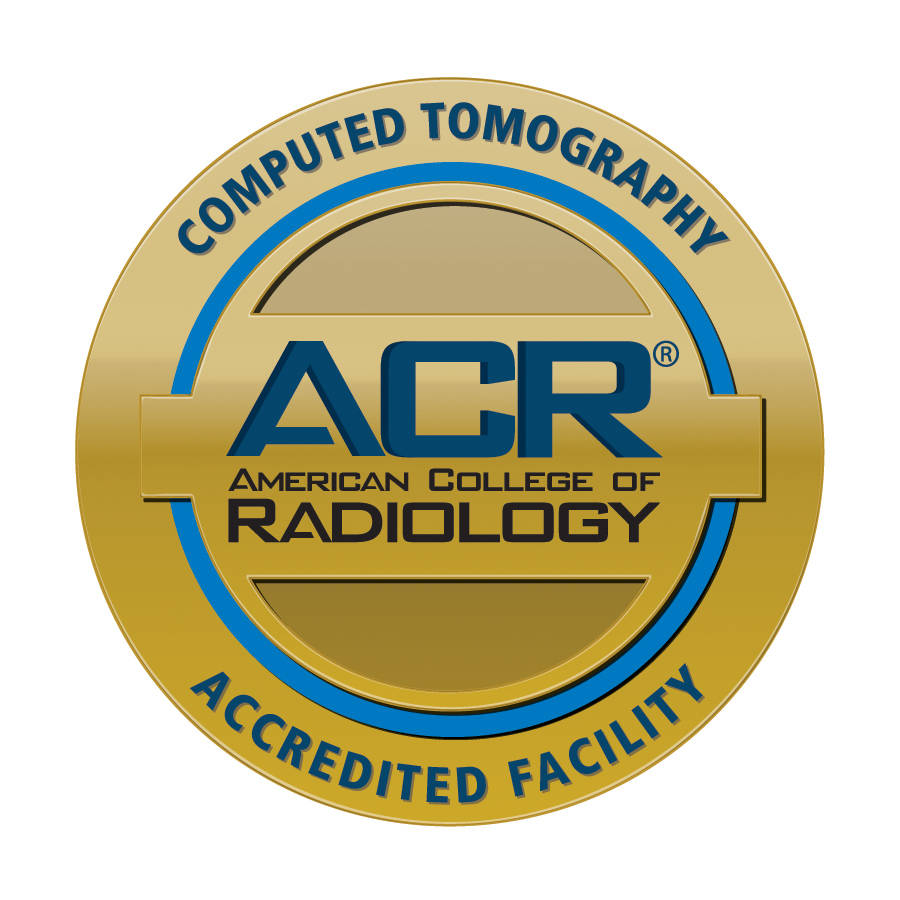Radiology and Medical imaging are two medical terms that are often confused with each other. Despite their many similarities, they are not the same, and it is important to be aware of these differences, especially as you go to a health setup.
Radiology and Medical imaging are two medical terms that are often confused with each other. Despite their many similarities, they are not the same, and it is important to be aware of these differences, especially as you go to a health setup for diagnostic and treatment purposes.
Radiology is a part of medical and diagnostic science which uses radiation technology to diagnose and treat diseases. Individuals who specialize in this field are known as Radiologists, and the branches of Radiology in which they may have specialized include Diagnostic Radiology, Interventional Radiology, and Radiation Oncology. Conventional Radiology was often conducted using fluoroscopy and plain films – however, it is now mostly replaced by Medical Imaging technology.
Medical Imaging is a type of imaging technology used by Radiologists and may be categorized as a subgroup of Radiology. Commonly used Medical imaging technologies include X-rays, Ultrasounds, CT Scans, MRIs, Mammography.
X-Rays: This is a form of Medical Imaging, which uses comparatively lower doses of radiation and allows the doctor to evaluate the bones and joints of the body. The lower cost and easy availability of X-rays make them very popular amongst the majority.
CT scan: CT scan allows the doctor to envision the patient’s body in the form of 3D pictures. This provides a much more accurate depiction of the body components and allows greater chances of a proper diagnosis.
MRI: Similar to CT Scan, MRIs also provide a clear 3D picture of the patient’s body components; however, unlike CT scan, which is much more targeted towards the hard tissues like bones and joints, the MRI targets the soft tissues of the body like the internal organs.
Ultrasounds: This type of medical imaging involves the use of an ultrasound probe, which is moved on a person’s body while their internal images are displayed on a computer screen. What makes this safe is the lack of use of any radiation, and it is often used on pregnant women to evaluate the development of their baby.
Mammography: Mammography is another form of Medical Imaging that uses lower levels of radiation to detect breast cancer and other abnormalities. It produces high quality breast tissue images, which not only aids diagnosis but also treatment of Breast Cancer.
If you somehow managed to be in the room during a regular IR technique, you'd see the patient lying on a surgical table with a particular X-beam camera-a fluoroscope-above them. The radiologist would be wearing essential defensive covers, a blue outfit, and a veil. They would be directing needles and wire-looking clinical gear through the patient's body while taking a gander at the clinical pictures projected on the screen. It's astounding the way in which they can utilize clinical pictures to see precisely where their gear is found and how to move inside the body without making any significant cuts.
Connect with us to learn more about how the AV Imaging team can help!

